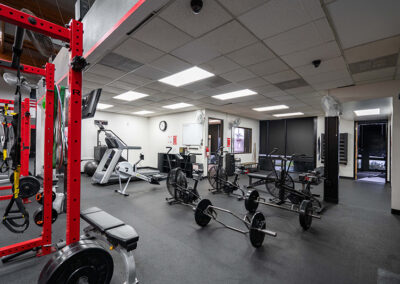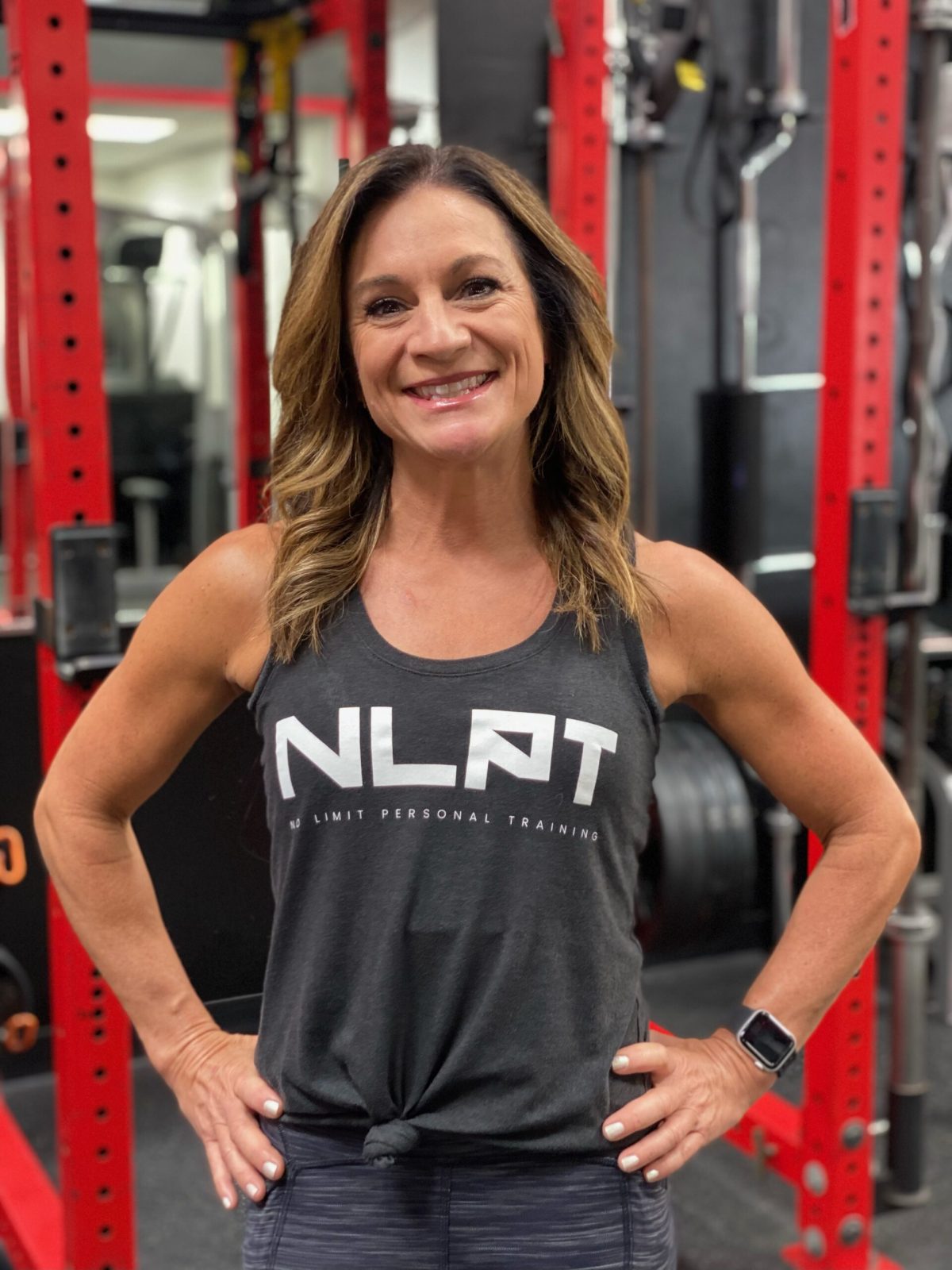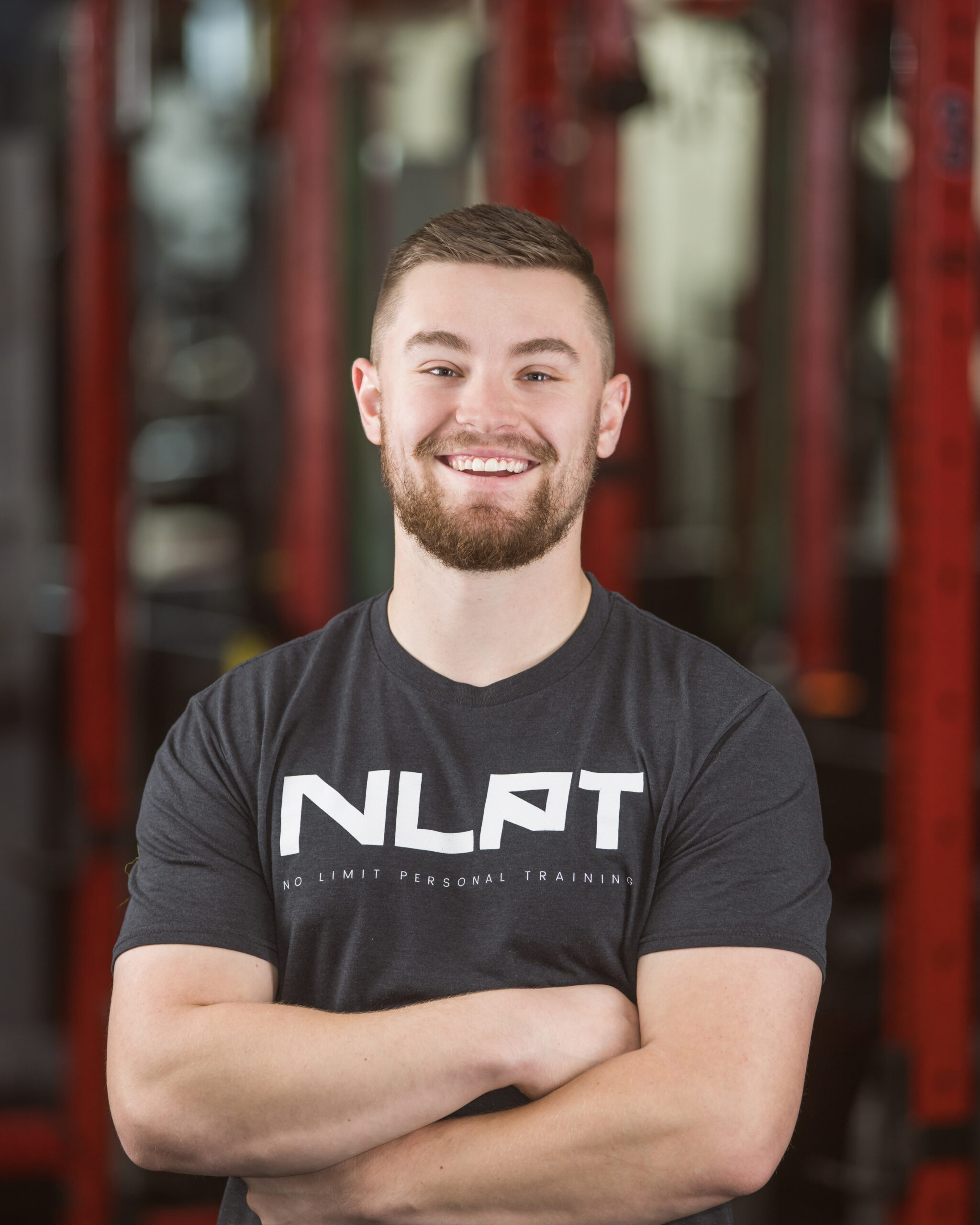Optimize Your Outcomes: a Personal Trainers Role in Creating Effective Programs and Diverse Activities for every single Fitness Level
a Personal trainer plays a necessary function in maximizing health and fitness results with customized program design. By evaluating individual objectives and limitations, trainers can develop effective, personalized workout plans. They additionally integrate a range of exercises to preserve interaction and enthusiasm. Surveillance progression and readjusting routines based on comments are important for success. How do these components integrate to cultivate genuine makeover? The response exists in the detailed techniques used by instructors.
Understanding Specific Objectives and Limitations
How can individual instructors effectively tailor programs to satisfy varied client needs? Comprehending individual objectives and limitations is crucial for personal trainers aiming to optimize their customers' physical fitness journeys. Each client presents special ambitions, whether it be fat burning, muscle mass gain, or enhanced athletic performance. A comprehensive assessment of a client's physical abilities, case history, and lifestyle factors is essential.
Fitness instructors have to additionally think about psychological elements, such as inspiration levels and individual choices, which can significantly influence adherence to a fitness program. By participating in open interaction, fitness instructors can uncover particular objectives and recognize prospective barriers to proceed.

Producing Personalized Exercise Plans
Producing personalized workout strategies calls for a complete understanding of each client's one-of-a-kind account, formed by their private goals and restrictions. Individual trainers begin this procedure by conducting detailed assessments, that include examining physical health and fitness levels, case history, and personal preferences. This thorough evaluation educates the design of customized programs that line up with the customer's goals, whether they intend for weight loss, muscle gain, or improved sports performance.
Instructors must also think about aspects such as age, experience, and any kind of pre-existing injuries, making sure that the workout strategies are both secure and effective. By integrating particular exercises that target pertinent muscle mass groups and power systems, fitness instructors can enhance results. Additionally, individual trainers on a regular basis monitor progress and change strategies as essential, fostering flexibility to fulfill evolving needs. Inevitably, the production of tailored workout plans is a collective initiative that equips customers while optimizing their possibility for success in attaining health and fitness objectives.
Including Range to Keep Workouts Engaging
What approaches can individual trainers utilize to ensure that exercises remain revitalizing and satisfying for their clients? One effective technique is including a variety of exercises that target various muscular tissue groups and health and fitness components. By turning in between strength training, cardio workouts, and adaptability workouts, trainers can avoid monotony. Furthermore, introducing new tools, such as resistance bands, kettlebells, or stability rounds, can freshen regimens and challenge clients in novel methods.
Another technique is to incorporate sports-specific drills and functional motions, which can boost interaction by straightening exercises with customers' passions - private gym. Outdoor workouts or team classes can additionally boost the experience, promoting a sense of neighborhood and motivation. Personal trainers might think about establishing themed exercise days or including gamification aspects to further boost enthusiasm. By keeping a dynamic and varied exercise routine, instructors can help clients stay devoted to their physical fitness journey, inevitably resulting in improved results and satisfaction
Keeping An Eye On Development and Making Modifications
Reliable surveillance of development and making necessary changes are vital for individual fitness instructors to assure their customers attain their health and fitness goals. This procedure begins with establishing clear, measurable purposes tailored to every client's distinct requirements. Regular assessments, such as fitness tests and progression monitoring, enable instructors to assess performance and identify areas needing adjustment.
Personal trainers ought to utilize various methods, such as performance metrics, body structure evaluation, and client comments, to gather information. By analyzing this info, instructors can establish whether a client gets on track or if adjustments are needed in workout strength, regularity, or kind of workouts.
Moreover, versatility in program style enables trainers to reply to customers' physical and emotional states properly. As clients progress, their goals might advance, demanding ongoing adaptations to assure ongoing renovation and engagement. Ultimately, constant surveillance and prompt adjustments are essential for sustained success in any kind of fitness journey.
Building Inspiration and Liability for Success
Keeping motivation and responsibility is essential for clients striving to reach their health and fitness goals. Individual instructors play a crucial duty in promoting these elements. By developing clear, achievable goals, instructors help clients picture their success, making the journey much less intimidating. Regular check-ins and progression evaluations enable instructors to commemorate milestones, strengthening positive behaviors and maintaining motivation.
Furthermore, trainers can carry out liability approaches, such as exercise logs or group sessions, producing a helpful community environment. This encourages clients to stay dedicated and engaged. By urging self-reflection and setting individual obstacles, fitness instructors promote innate motivation, equipping clients to take possession of their fitness trips.
Creating an atmosphere of count on and motivation better improves motivation, as customers feel sustained in their battles. Eventually, a Personal instructor's capability to develop motivation and accountability is crucial for guaranteeing customers not just achieve their health and fitness objectives but additionally maintain long-lasting healthy and balanced routines.
Frequently Asked Concerns
What Certifications Should I Search for in a Personal Instructor?

How Can I Find a Personal Instructor in My Location?
To locate a Personal fitness instructor in the area, one can search on-line directories, ask for suggestions from close fitness page friends or local gyms, and inspect social networks systems for client testimonials and trainer profiles.
What Is the Average Price of Personal Training Procedure?
The ordinary cost of individual training sessions usually varies from $40 to $100 per hour, relying on aspects such as the instructor's location, experience, and session duration, with set often offered for minimized rates. (No Limit Personal Training)
How Commonly Should I Fulfill With a Personal Trainer?
Consulting with a Personal fitness instructor typically ranges from once to three times each week, relying on individual objectives, physical fitness degrees, and routines. Constant sessions can enhance inspiration, accountability, and general progress towards accomplishing physical fitness purposes.
Can Personal Trainers Help With Nutrition Advice too?

How can individual instructors successfully customize programs to satisfy diverse customer demands? Understanding private objectives and constraints is important for personal trainers aiming to maximize their clients' fitness journeys. Individual fitness instructors start this process by carrying out detailed assessments, which consist of evaluating physical health and fitness levels, clinical history, and individual preferences. What methods can personal trainers employ to guarantee that workouts stay satisfying and stimulating for their customers? Efficient tracking of progress and making essential changes are vital for personal instructors to ensure their clients attain their physical fitness objectives.